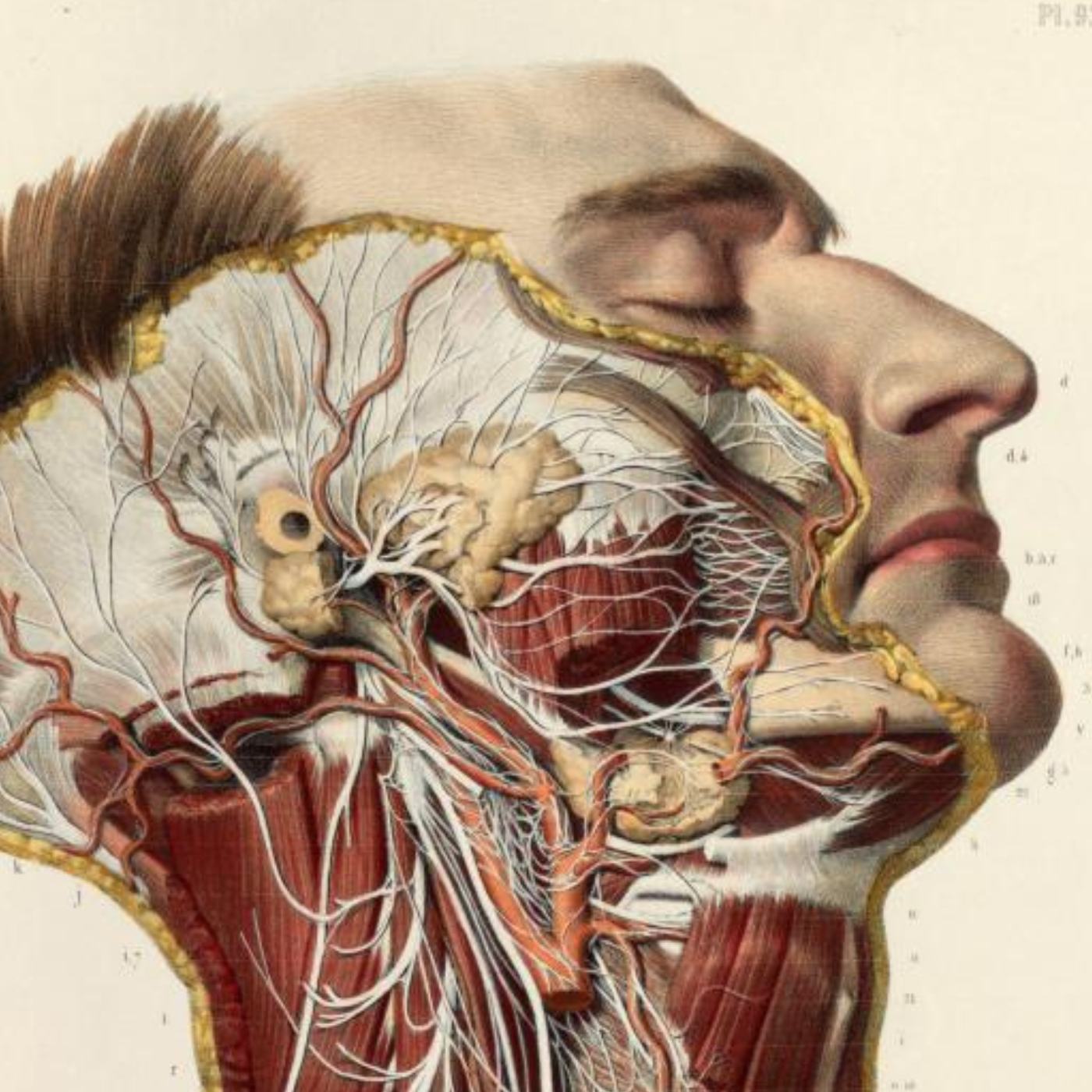- Studio Dirt
- Posts
- Laddermania
Laddermania
The quintessential American gimmick.

Yasmin Adele Majeed with an ode to wrestling’s “ladder match.” Yasmin previously published the short story Maria del Rosario Says Hello in Dirt.
Pro wrestling is nothing without its gimmicks. To me, the greatest of those is the ladder match, in which wrestlers vie for the winning prize—a title belt; a briefcase of money—hanging above the ring, reachable only by a ladder that is both a weapon of attack, and the path to glory. The beauty of the ladder lies in its irreducible simplicity, the endless permutations made possible by that triangulation between wrestler, ladder, and the prize hanging out of reach.
Invented in the 1970s by a Canadian wrestler named Daniel Kroffat, the ladder match was originally brought to WWE by 90s superstar Bret “The Hitman” Hart. In his 2007 memoir, Hart captures the Sisyphean struggle of the ladder match: “I remember [my opponent] jumping up high, gripping that heavy steel ladder and coming straight down on my head. I froze. The crowd gasped. [He] was such a pro that the ladder had only lightly brushed my forehead. Naturally I sold the hell out of it. Over and over we tried to climb up the ladder only to come crashing down.”
The beauty of the ladder lies in its irreducible simplicity, the endless permutations made possible by that triangulation between wrestler, ladder, and the prize hanging out of reach.
Hart fought the first live ladder match for WWE, but the first one to air on pay-per-view was between two other star wrestlers of the 90s: Sean Michaels and Razor Ramon. It was an instant classic, taking place at Wrestlemania X in 1994 at Madison Square Garden, and in their re-match, the form was given its first twist when Ramon reached under the ring apron and pulled out—to the audience’s shock—a second ladder.
From there, variations on the form ensued. There are matches where the ring is filled with ladders, tag team ladder matches, group matches with multiple wrestlers, and just as many ladders. Additional props are added, leading to Tables, Ladders, Chairs (TLC); TLC and canes; TLC and stairs. In Money in the Bank matches, multiple wrestlers vie for a briefcase containing a prized contract. Regardless of type, Hart got right to the heart of the form: over and over, you come crashing down.
Like any form of theater, pro wrestling makes good use of its props. Clipboards, sledgehammers, announcer’s tables, trash cans, thumbtacks, guardrails, guitars—all are employed as multi-pronged tools for violence, spectacle, and storytelling. These props are both gimmicks and “gimmicked”: wrestling-ese for when an object is altered so it will break more easily and dramatically during a fight. The ladders used in matches are likely made of aluminum or wood that gets sawed down into fragility and spray-painted silver. But I choose to believe what I see: the glee on a wrestler’s face as they raise a ladder for attack; the grimace on their opponent’s face when it comes slamming down.
I choose to believe what I see: the glee on a wrestler’s face as they raise a ladder for attack; the grimace on their opponent’s face when it comes slamming down.
The narrative pleasure of pro wrestling lies in that blurring of fact and fiction called kayfabe, and the ladder match is the ideal staging of the form’s central tensions between heel and babyface; good and bad; spectacle and art. In Mythologies, Roland Barthes described pro wrestling as a morality play about “Suffering, Defeat, and Justice.” The ladder match often acts as the denouement of a WWE storyline, and it's easy to gloss the form as inherently homoerotic, the erect ladder the path to glory and victory. But it also demonstrates wrestling as a clown show and circus act. Jeff Hardy and Edge’s 2009 title match is a full-on slapstick spectacle, ending with Edge getting comically stuck between the rungs of a ladder, uselessly wiggling his legs in the air as Hardy swipes the belt.
The ladder match has been a fixture of WWE eras from the 90s onward, and now, the company has entered a new era. Longtime CEO Vince McMahon stepped down last year due to an ongoing lawsuit accusing him of sexual assault and sex trafficking. Sold to Ari Emanuel’s Endeavor, WWE is now available to an even broader audience through billion dollar streaming deals with Peacock and Netflix. The role of head showman has been passed to wrestler-turned-company man Paul Levesque, and earlier this year during the premiere of Monday Night Raw he welcomed fans to “the Netflix era” of the company. Just a month later, Levesque could be seen in another American spectacle: Linda McMahon’s confirmation hearing as Secretary of Education.
There’s no surprise about the alignment of WWE and the current administration. Donald Trump made regular pay-per-view cameos during the aughts, and once wrestled Vince McMahon. In Levesque’s Raw speech, he argued that pro wrestling’s influence extends to the heart of the country: “A great swath of American culture is borne of that eternal battle between the face and the heel.” The grandiosity of the statement mostly rings hollow, but he’s right about one thing. All spectacle holds some kind of gimmick. How else can you keep your audience’s attention? And there is nothing more American than a ladder you can never scale.

READ THIS NEXT
|
|
|
|
|




